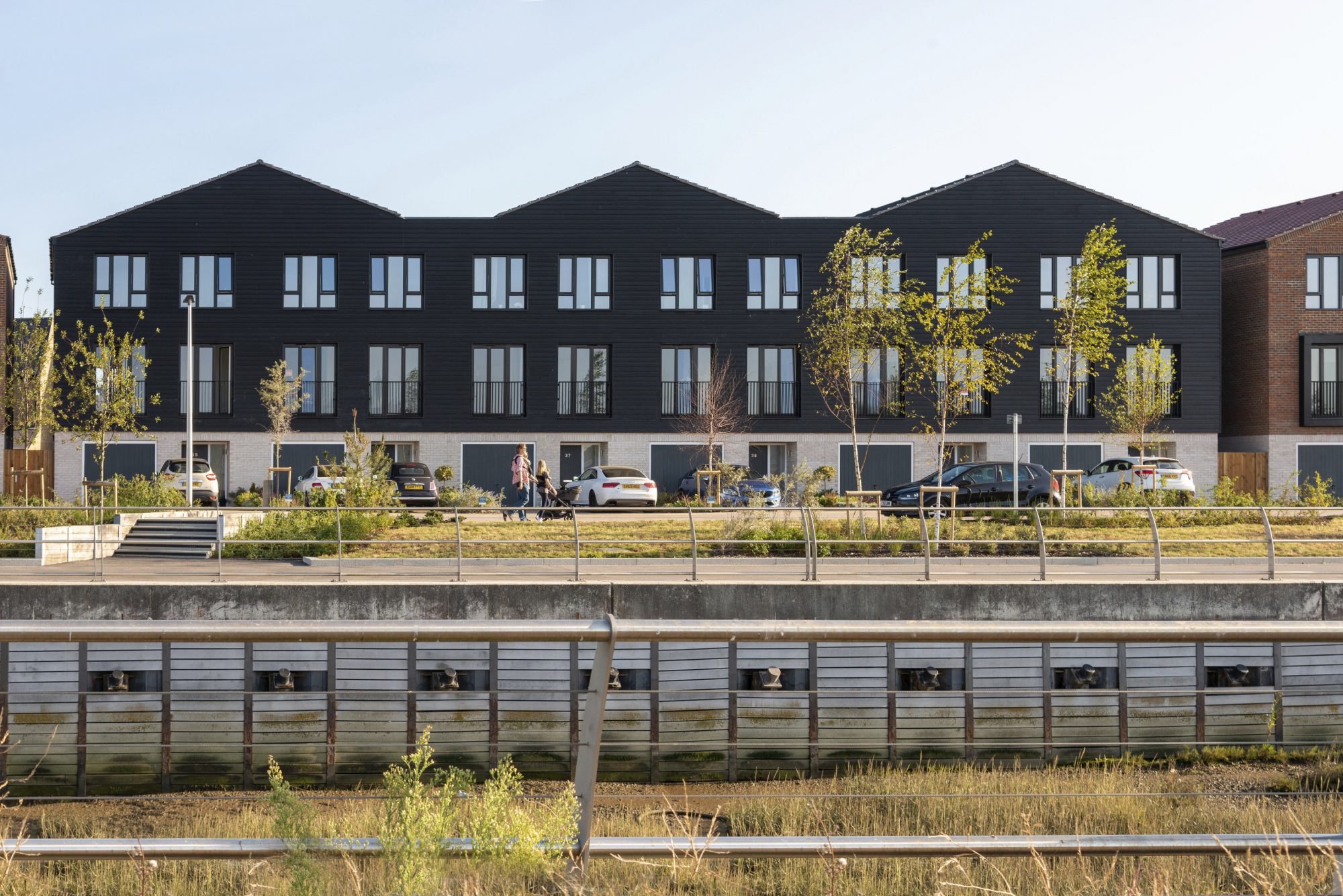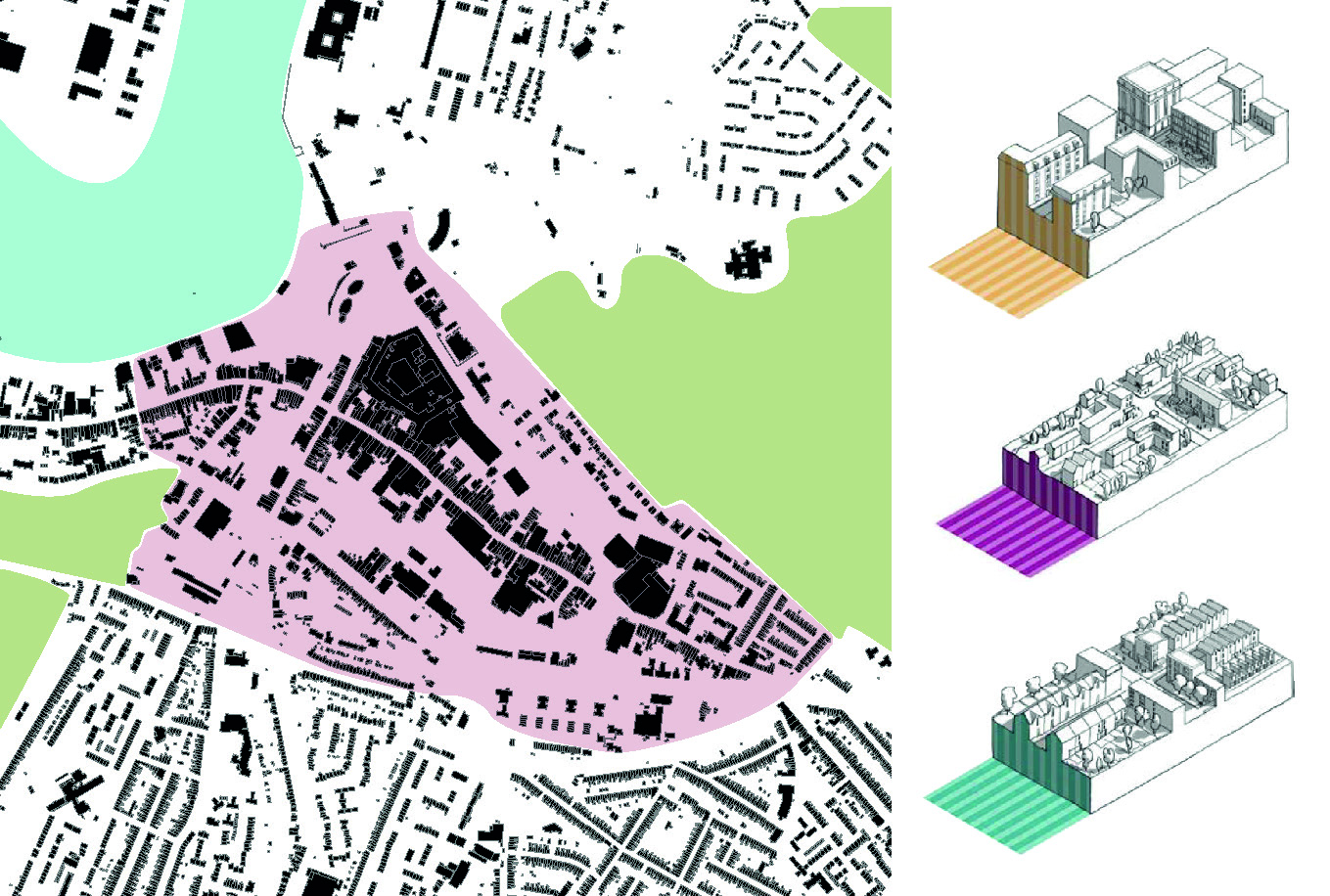31 - 01 - 2023
Written by BPTW Planning Director, Jill McGregor.
The Department of Levelling Up, Housing and Communities (DLUHC) published its Levelling-up and Regeneration Bill: reforms to national planning policy for consultation on 22 December 2022. As well as seeking views on the Government’s proposed approach to the National Planning Policy Framework (NPPF), the consultation canvasses opinions on its proposed approach to preparing National Development Management Policies. In this article, BPTW Planning Director Jill McGregor reflects on the proposed NPPF revisions and considers the potential impacts on local authorities, registered providers and private developers in delivering much-needed new homes.

Revisions to the NPPF policy have been expected for much of the second part of 2022 following the Levelling Up White Paper released in early 2022, which reiterated the Government’s commitment to making improvements to the planning system by giving communities more say over where homes are built and what they look like. The Government’s key changes to the NPPF (1) are intended to:
- make clear how housing figures should be derived and applied so that communities can respond to local circumstances;
- address issues in the operation of the housing delivery and land supply tests;
- tackle problems of slow build-out;
- encourage local planning authorities to support the role of community-led groups in delivering affordable housing on exception sites;
- set clear expectations around planning for older peoples’ housing;
- promote more beautiful homes, including through the concept of gentle density;
- make sure that food security considerations are considered in planning decisions that affect farmland;
- enable new methods for demonstrating local support for onshore wind development.
Overview of the NPPF revisions
- Continued commitment to delivering 300,000 homes a year by mid-2020s with adopted local plans being the best way to do this.
- Changes to the tests of soundness for plan-making.
- Removal of the justified test and amendments to the positively prepared test.
- The requirement to satisfy the unmet need of neighbouring authorities is removed.
- The need to continually demonstrate a deliverable five-year housing land supply is no longer required and past over-delivery can be deducted from the housing requirement figure in new plans.
- Building at densities significantly out of character can be used as justification for not meeting fully assessed needs.
- Design Codes provide guidance for determining appropriate density.
- Further protection to the Green Belt as boundaries are not required to be reviewed if this would be the only way of meeting housing need in full (although authorities will still have the ability to review and alter Green Belt boundaries if they want to and they can demonstrate that exceptional circumstances exist).
- The status of Neighbourhood Plan status is enhanced in terms of ‘tilted balance’ arguments by extending their protection for up to five years.
- A greater value is placed on planning for social rent tenure.
- Widening of the definition of older person housing to include retirement housing, housing-with-care, and care homes.
- Policies for low-carbon energy and wind development are outlined.

Reader takeaways
The NPPF revisions bring both opportunities and challenges for our housing clients.
Local Authority Plan-making and decision-making
The requirements to demonstrate and justify housing needs and local plan soundness are less onerous. With the increased protection of the Green Belt in plan making, the proposed revisions will likely be welcomed by many LPAs and Members where Green Belt release or a significant increase in density has been required to meet local plan needs for housing both in plan making and at appeal. This may increase the number of up-to-date local plans as more plans are put forward for examination where previously Members objected to plan objectives and allocations and plans were subsequently withdrawn or put on hold. Conversely, however, it may have the opposite effect as LPAs could decide to put all plan-making on hold until the full raft of NPPF changes and National Development Management Policies are known to avoid abortive work.
Design Codes could provide LPAs with more control over development in their boroughs, but their preparation adds to resourcing needs in already stretched planning teams. LPA decision-making could be put at risk if Design Codes are not of satisfactory quality, robust and regularly updated and applicants may be more successful at appeal on design issues. Whilst Design Codes are prepared and in operation, more limited development may be delivered with the underdevelopment of accessible and key sites which could potentially accommodate tall buildings and higher densities.
Developers and Registered Providers
Developers should expect further uncertainty in plan-making until the NPPF revisions are finalised and during the transitional periods whilst LPAs consider the standard method or an alternative approach to identifying housing needs. Larger strategic sites, particularly on greenfield and Green Belt, will require more than a five-year land supply argument to secure a local plan allocation or planning permissions as the tilted balance and presumption in favour of sustainable development will not apply as often.
Regular new references to supporting “beauty” in design and placemaking and a stronger emphasis on design codes will require that developers engage and influence the preparation of design codes to ensure that they are as workable to them as possible. At the application stage, less standardised or generic building designs will be accepted, and design codes may necessitate more pre-application engagement and presentation to Design Review Panels to demonstrate that a proposal responds to local character, to reduce conflicts with the design code and Member’s views on what they considered beautiful and appropriate to their local areas. In some authorities, the NPPF revisions will inevitably add weight to reduced development density and site capacity.
Planning for the provision of social rent homes will have a higher priority but is not yet clear what format this will take (i.e., an explicit %) or how it will fit in with other forms of affordable rent tenures encouraged by the GLA for example.
Delivery will become a material consideration in planning applications and outside of specific changes to the NPPF, the consultation also proposes whether “past irresponsible planning behaviour” should be a material consideration, but again no detail is yet provided on definition and implementation.

Conclusion
Since it was first published in 2012, the NPPF has referred to a commitment to “significantly boost the supply of housing”, but the proposed revisions introduce a need for “sufficient” housing in the first paragraph. The shift in pitch seems intended to appease Conservative backbenchers who are against top-down housing targets and for whom the “right place” to build homes is anywhere apart from their constituencies to enable the Levelling Up and Regeneration Bill (LURB) to progress. In doing so, the 300,000 new homes pledge previously made by the Government is diluted and seems undeliverable.
Some of the more positive aspects of the revisions are the increasing importance of sustainability and beautiful development, ideas that we take very seriously at BPTW. However, at a time when a lack of housing is becoming an ever more pressing issue, it remains to be seen whether meeting instead of addressing housing needs is the right approach. Any other issues will be tackled in further reviews of the NPPF when the LURB receives Royal Assent.
What’s next
The consultation ends at 11.45pm on 2 March 2023 and comments can be provided via the online survey, email to PlanningPolicyConsultation@levellingup.gov.uk or via a written response. The government says it will respond to the consultation by Spring 2023, publishing the framework revisions as part of this so that policy changes can take effect as soon as possible and that a wider review of the NPPF will follow the Royal Assent of the LURB.
For more information on the consultation, visit the Government’s website here: Levelling-up and Regeneration Bill: reforms to national planning policy – GOV.UK (www.gov.uk)
References:
- Chapter 1 – Levelling-up and Regeneration Bill: reforms to national planning policy – GOV.UK (www.gov.uk)
With 18 years of planning consultancy experience, BPTW Planning Director Jill McGregor has extensive knowledge of residential and commercial development in London and the South East and experience working with a wide client base, including local authorities, registered providers, private developers and charities. Jill has a commercial approach to planning strategy and project management and is well-respected for the excellent rapport she builds with clients, the GLA and local authorities.


